Critical Care Notes
@criticalcarenotes.bsky.social
600 followers
500 following
180 posts
Critical Care Nurse Practitioner. FCCM. One half of the icuscenarios.com podcast and the icu101.com team. criticalcarenotes.com
Posts
Media
Videos
Starter Packs
@IM_Crit_
@imcrit.bsky.social
· Jul 21
Reposted by Critical Care Notes
Reposted by Critical Care Notes
Reposted by Critical Care Notes
Reposted by Critical Care Notes
Reposted by Critical Care Notes
Reposted by Critical Care Notes
Reposted by Critical Care Notes

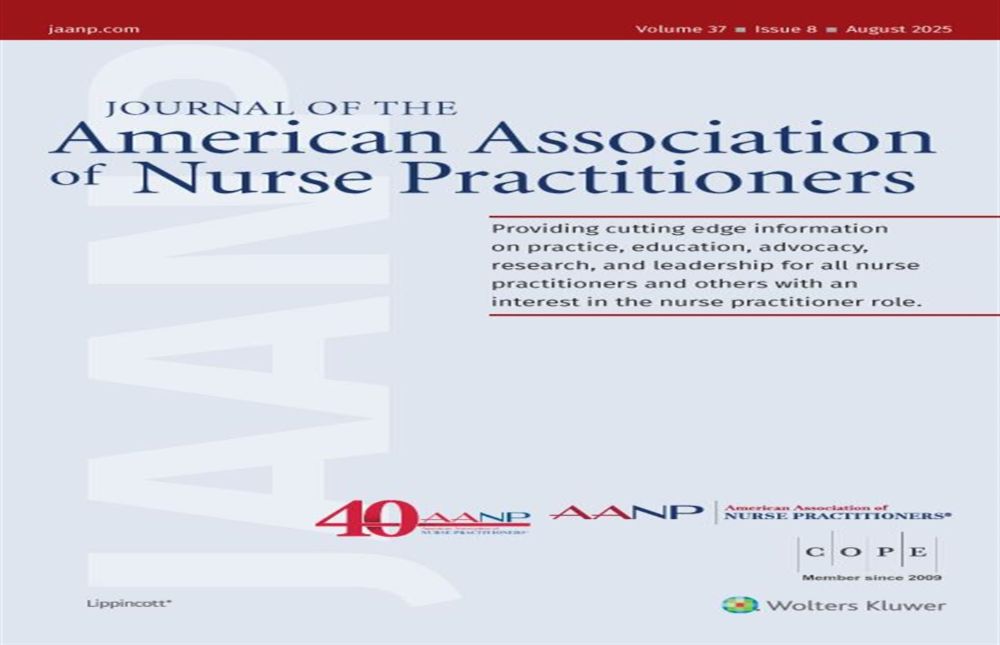







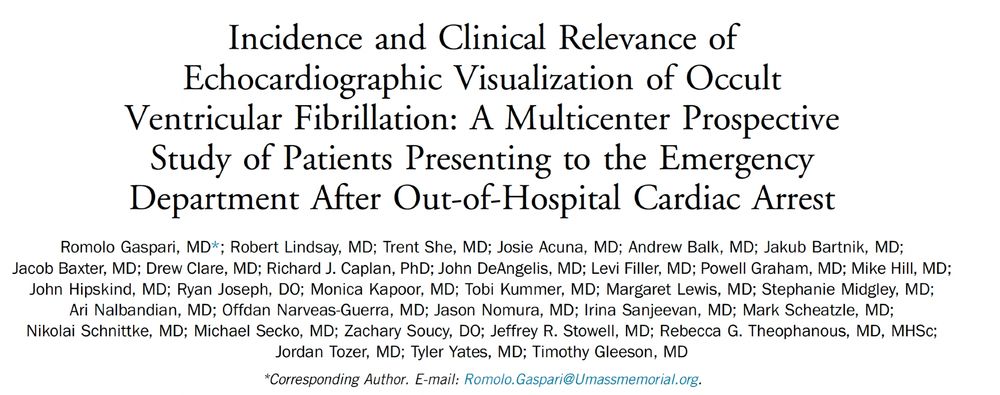
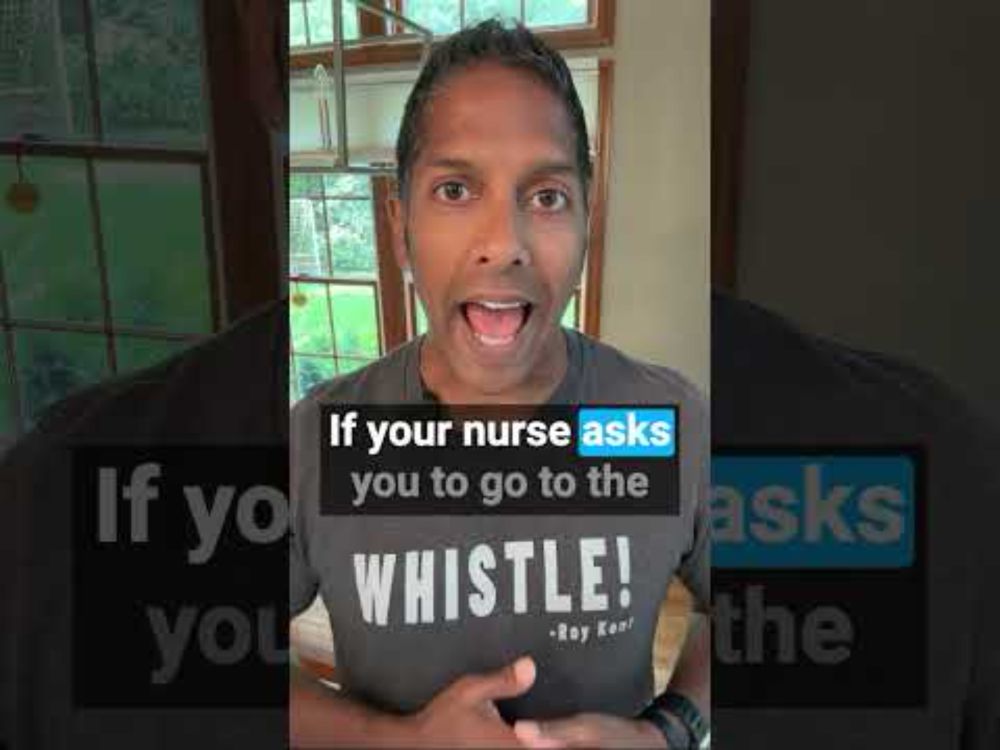
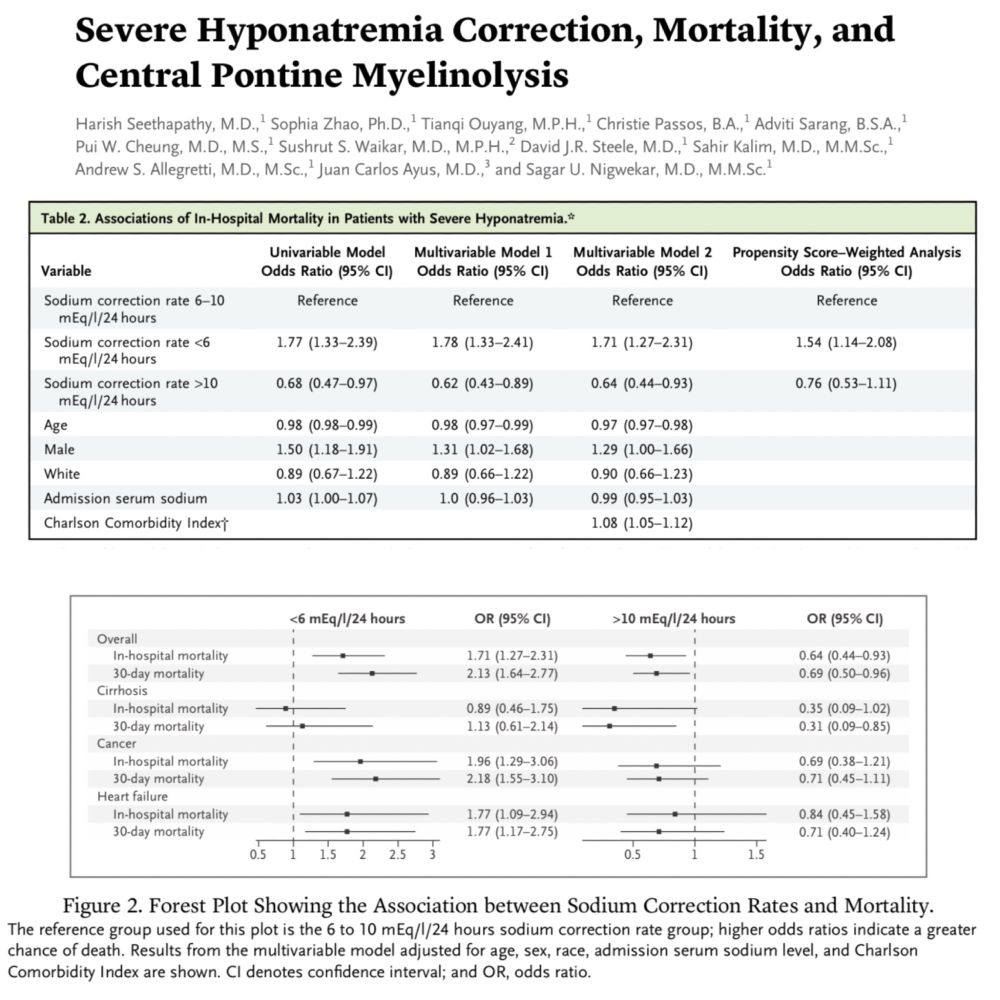
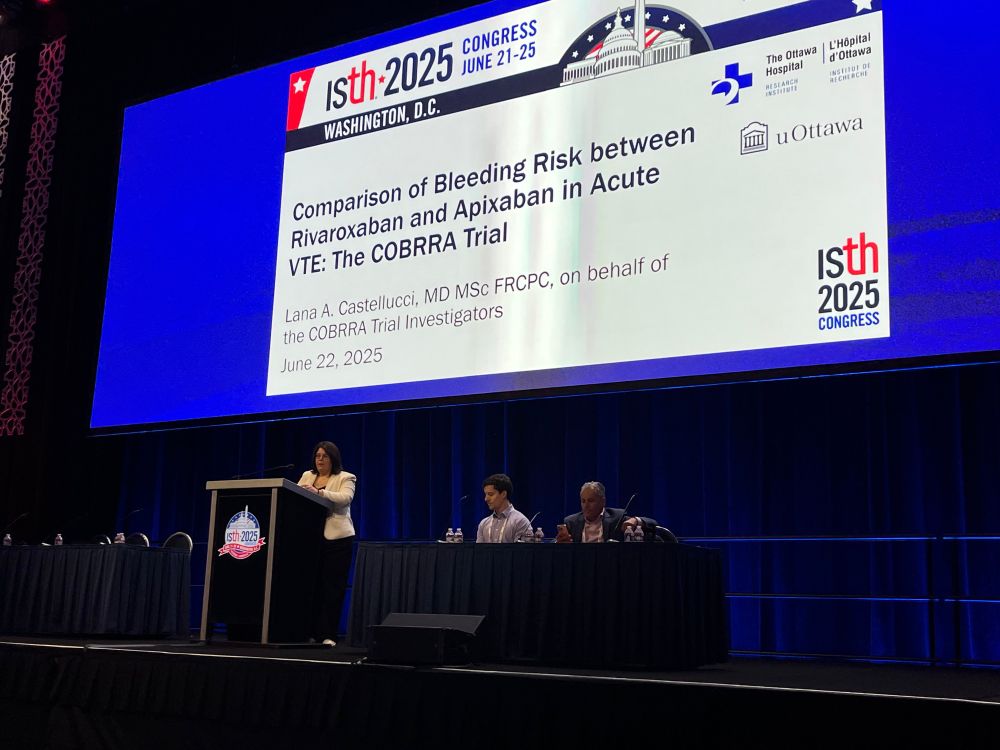
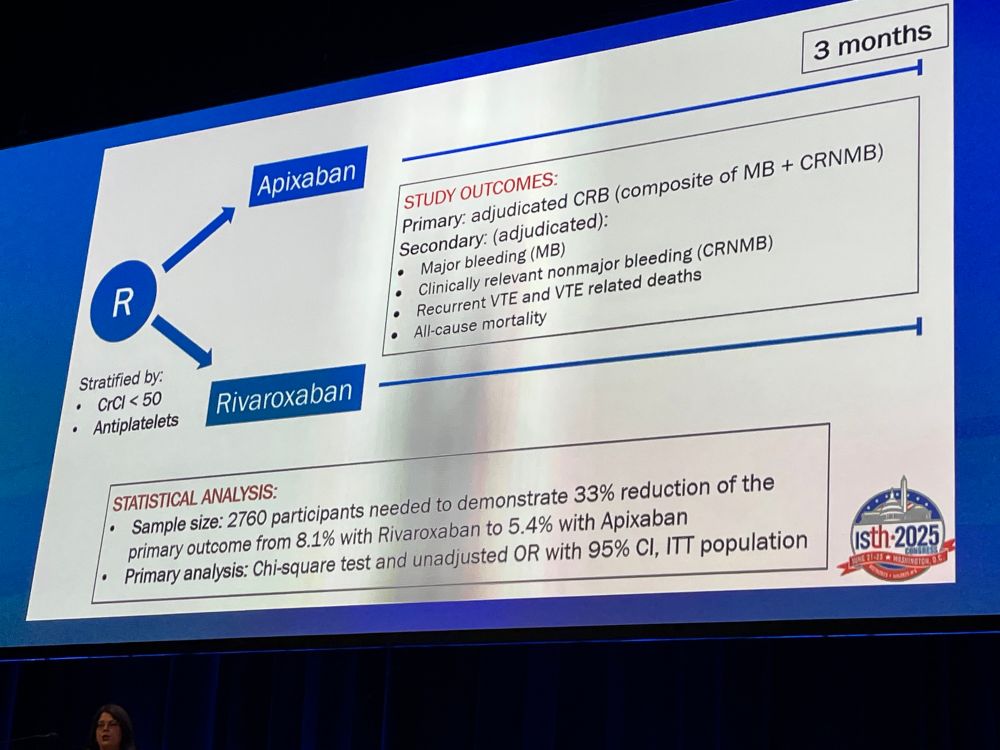
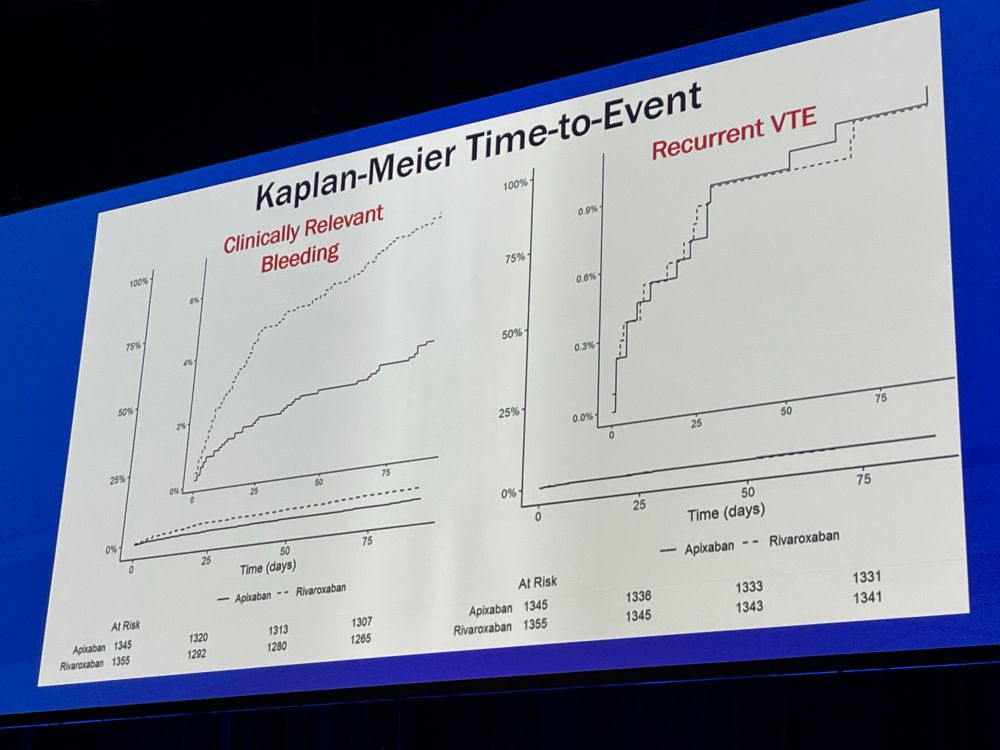
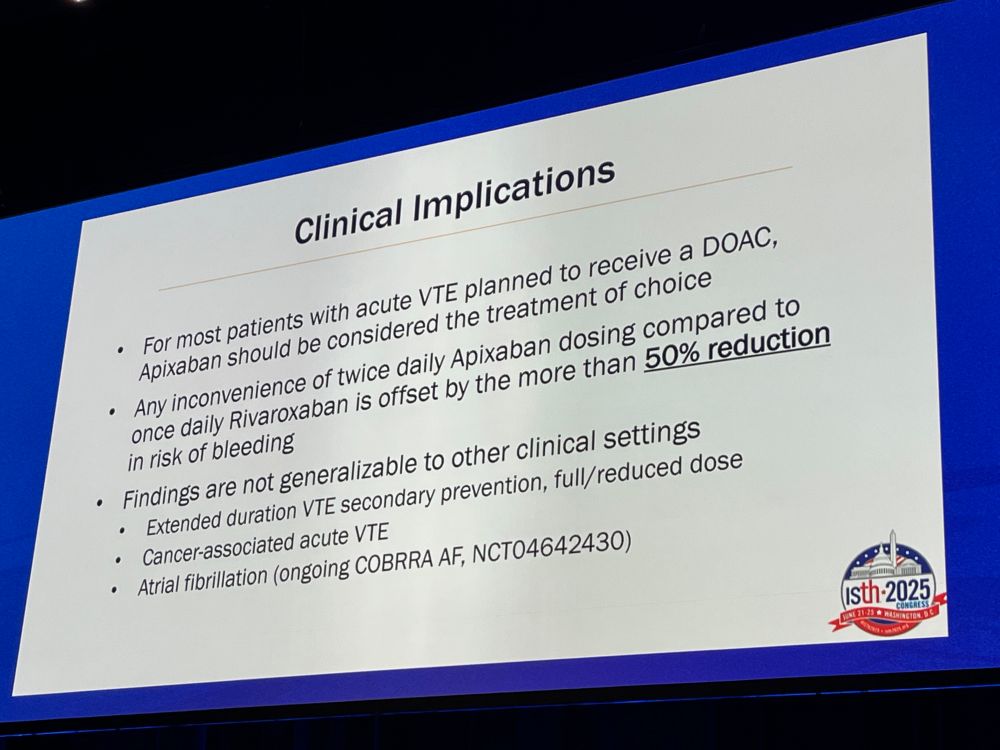

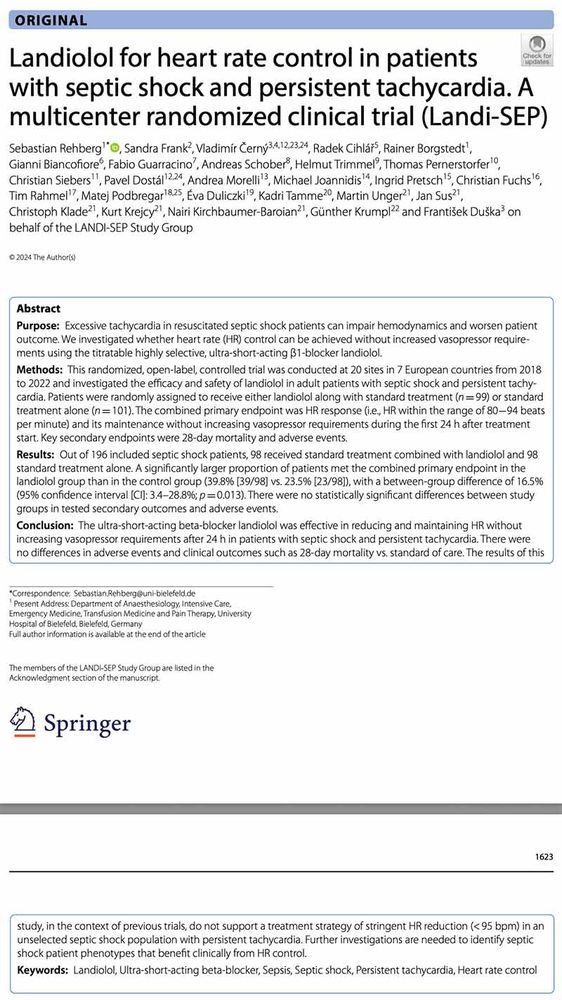
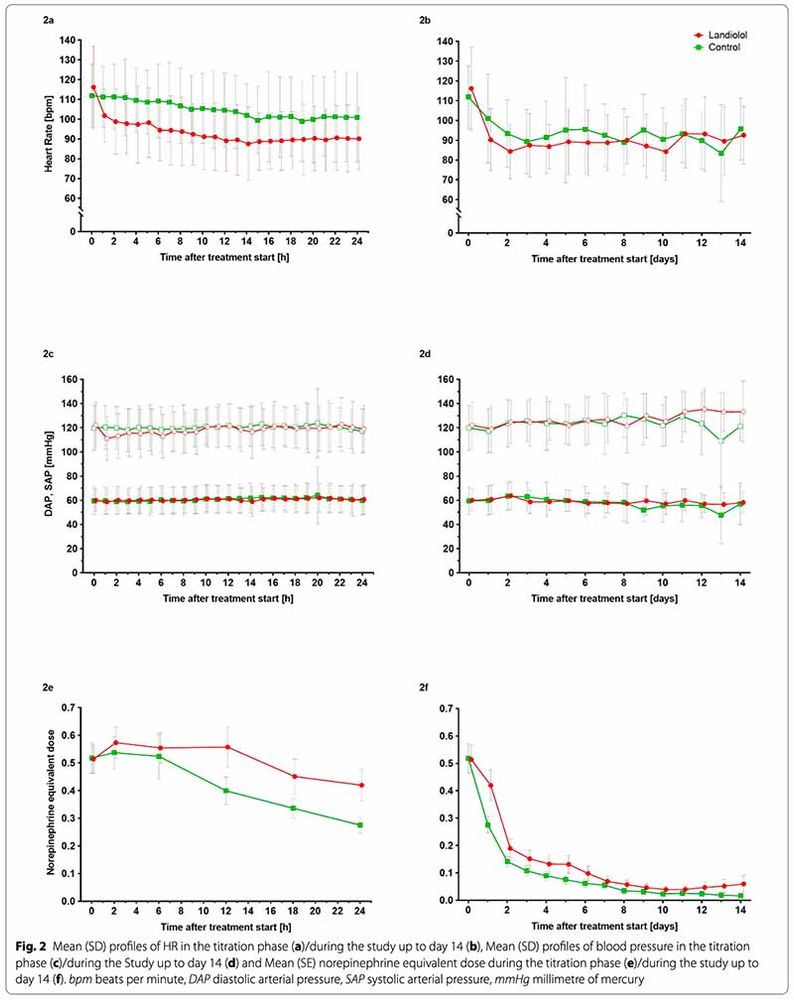
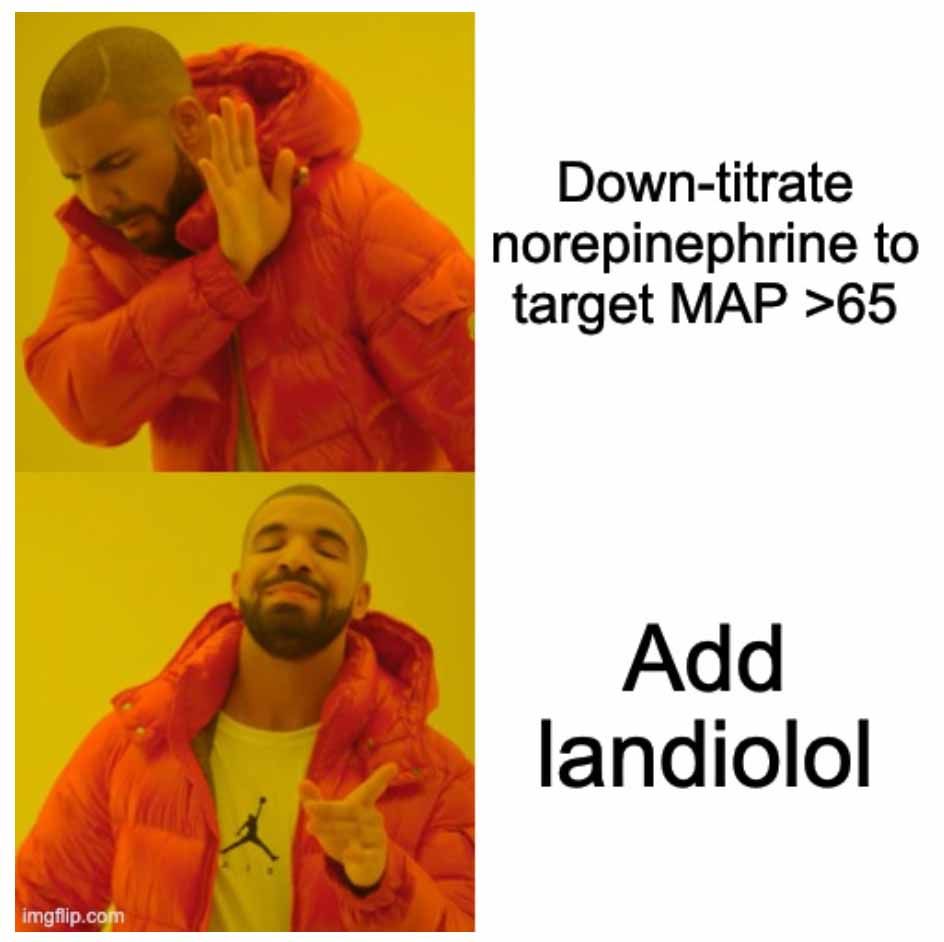
![From MD calc: “The model should be applied only after a history and physical suggests that venous thromboembolism is a diagnostic possibility. it should not be applied to all patients with chest pain or dyspnea or to all patients with leg pain or swelling. This is the most common mistake made. Also, never never do the D-dimer first [before history and physical exam]. The monster in the box is that the D-dimer is done first and is positive (as it is for many patients with non-VTE conditions)”](https://cdn.bsky.app/img/feed_thumbnail/plain/did:plc:amklqog4avjkgvhzaqalqwhy/bafkreigzqtiwelw4ypqnvqcvs2v5rjsuqmvrtj27hllxwoci3i2x4bxxv4@jpeg)